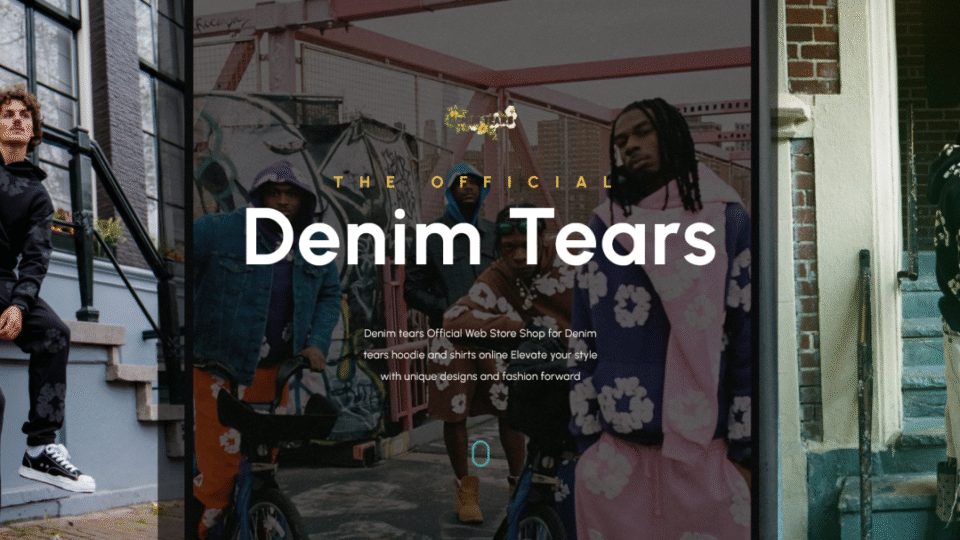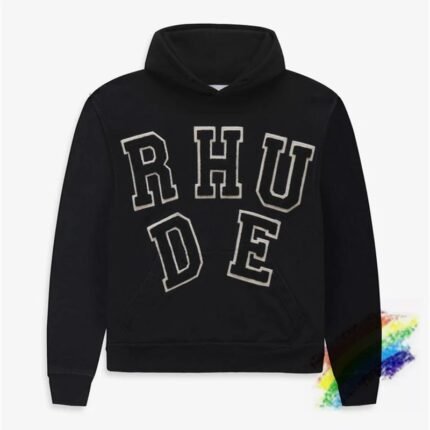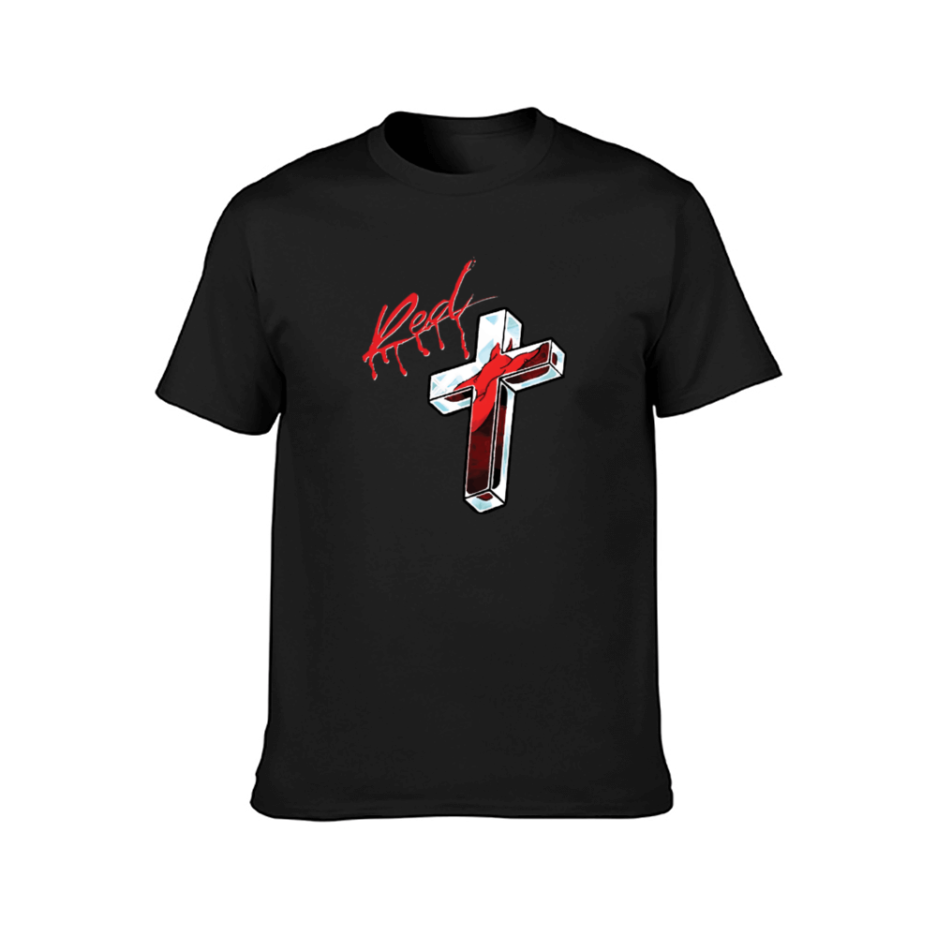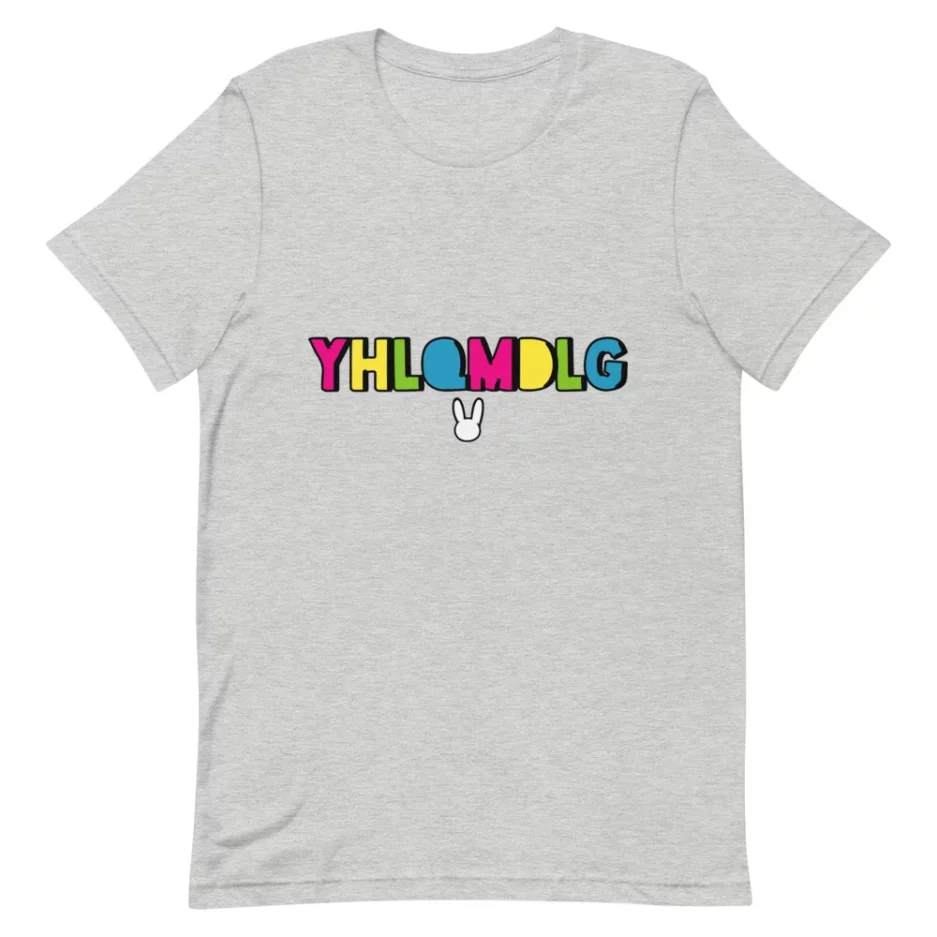
Denim Tear: A Blueprint of Pain, Pride, and Unrelenting Beauty
Introduction: More Than Just Fabric
Denim, for most, is a utilitarian fabric—rugged, blue, American. But for Tremaine Emory, founder of the visionary brand Denim Tears, it is something denim tear else entirely. It is a canvas for truth, a protest flag sewn with centuries of trauma, resilience, and cultural depth. “Denim Tears: A Blueprint of Pain, Pride, and Unrelenting Beauty” is more than a title; it is a reflection of the Black experience in America told through threads, seams, and symbolism.
Denim Tears is not simply fashion. It is resistance. It is remembrance. And, above all, it is storytelling.
Origins: Tremaine Emory and the Birth of Denim Tears
Tremaine Emory launched Denim Tears in 2019, but the story began long before that. As a creative force who previously worked with Kanye West, Frank Ocean, and Virgil Abloh, Emory had long been embedded in the artistic avant-garde. But Denim Tears was his most personal project yet—a medium to explore the intergenerational impact of slavery, racism, and cultural erasure on Black identity.
The first major drop from Denim Tears was a simple cotton wreath printed on Levi’s denim—a direct reference to slavery and the picking of cotton. For Emory, the cotton wreath was not just symbolic of suffering, but also of survival. It forced the American fashion consumer to confront the uncomfortable origins of cotton as a commodity. By using Levi’s, the quintessential American denim brand, Emory juxtaposed the country’s glorified ideals with its suppressed historical truths.
Pain: The Fabric of Historical Memory
Denim Tears dares to ask: how does a people preserve memory when their history has been buried, rewritten, or commodified?
The pain in Denim Tears is not performative or aesthetic. It is deeply rooted in the legacy of slavery, segregation, and systemic violence. The garments become a memorial—a wearable archive that revives the names, places, and events deliberately omitted from mainstream narratives. Whether it’s a hoodie referencing the Greenwood Massacre or jeans featuring embroidered chains, every piece becomes a declaration against cultural amnesia.
Tremaine Emory’s genius lies in his ability to channel this pain without reducing it to spectacle. In the fashion world, where “Black culture” is often appropriated and sanitized for mass appeal, Emory’s work remains authentic and unapologetic. He invites the wearer to feel the weight of history—not just to look at it, but to wear it, live in it, and carry it forward.
Pride: Honoring Ancestry and Excellence
But to reduce Denim Tears to a narrative of suffering would be to miss the point. This brand is also a celebration—of Black joy, pride, ingenuity, and resistance. It champions the stories of those who thrived despite adversity, of movements born from necessity, of music, art, and intellect forged in the crucible of hardship.
Denim Tears draws from a rich cultural well. From referencing Pan-African colors to collaborations with artists like Theaster Gates and brands like Dior, the label weaves pride into its DNA. Its designs often carry symbols from the Black church, the Civil Rights Movement, and the Harlem Renaissance—making each garment a wearable tribute to generations of Black excellence.
Pride in Denim Tears is not loud or boastful; it is deliberate and dignified. It affirms identity in a world that constantly questions and commercializes it.
Beauty: A New Language of Design
Denim Tears exists at the intersection of fashion and art, but its beauty is unlike anything else in contemporary streetwear. Emory is not concerned with trends or seasonal collections. His releases are sporadic, emotionally charged, and often tied to specific historical or political moments.
This irregular rhythm adds to the brand’s mystique. Each drop feels like an event—a cultural thesis rather than a mere product launch. The visuals accompanying Denim Tears collections are cinematic, often featuring Black bodies posed with the reverence usually reserved for Renaissance paintings or fine art photography. Emory reclaims the Black body as sacred, as beautiful, as whole.
In a landscape saturated with fast fashion and fleeting aesthetics, Denim Tears presents a deeper kind of beauty—one that emerges from context, from contradiction, from confrontation. Its garments are often rugged and unpolished, but therein lies their strength. They challenge the consumer to rethink what beauty means when seen through the lens of truth.
Culture in Conversation: Collaborations and Legacy
Denim Tears has expanded its reach through intentional collaborations—with Converse, Stüssy, Dior, and even the estate of Jean-Michel Basquiat. But these partnerships are not for clout or capital. They are acts of reclamation. Emory uses the platforms of established brands to tell Black stories, to widen the scope of who gets seen and heard.
The Converse x Denim Tears release, for instance, featured cotton-wreath motifs and African-inspired colors, pushing historical consciousness into sneaker culture. The Dior collaboration juxtaposed high luxury with narratives of ancestry and struggle, inviting the fashion elite to confront the origins of the materials they fetishize.
In doing so, Denim Tears is shaping its legacy—not as a trend, but as a movement. It is redefining the role of fashion in social commentary and pushing the boundaries of what Black-owned brands can say and do in the global market.
The Personal and the Political
At its heart, Denim Tears is deeply personal. It reflects Tremaine Emory’s own experiences, questions, and transformations. When he briefly stepped away from his role as Supreme’s creative director in 2023, citing issues of racial insensitivity within the company, it was clear that Emory’s work with Denim Tears was not performative—it was a calling.
Every collection, every stitch, is part of a larger dialogue. Emory has positioned himself not only as a designer but as a cultural historian, activist, and truth-teller. He understands that fashion can be soft power—able to inform, disrupt, and inspire without saying a word.
Conclusion: The Tears That Water the Future
“Denim Tear” is more than a name. It is an invitation to look closer, to feel deeper. It asks us to consider what we wear and why. In a world obsessed with Denim Tears Hoodie aesthetics, Denim Tears reminds us that beauty can come from pain, and that storytelling through style can be a revolutionary act.
Tremaine Emory has not just built a brand—he has constructed a blueprint. One that honors the past, challenges the present, and dares to imagine a future where truth is stitched into every seam.
Denim Tears is, and always will be, about unrelenting beauty born from brutal honesty. And in a world still grappling with justice, that is the kind of beauty we need most.








